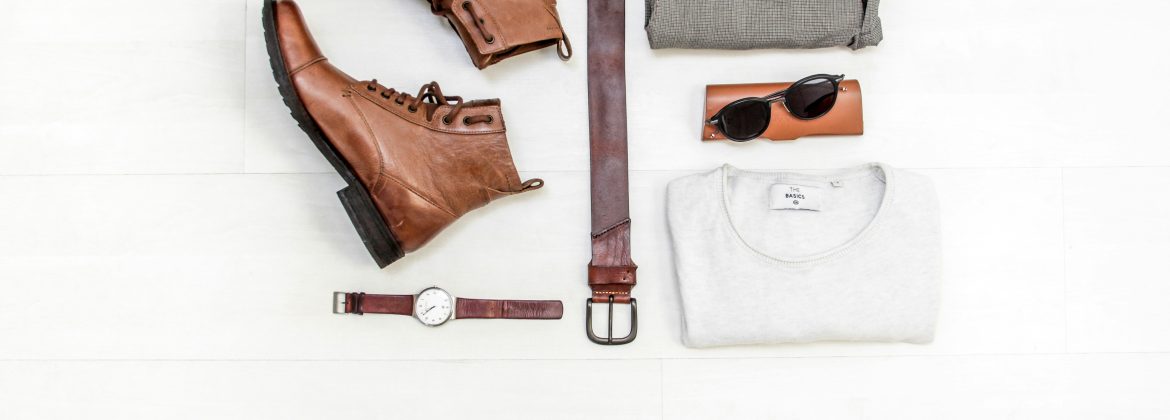The Evolution of Fashion and Apparel: From Function to Style
Fashion and apparel have always been a part of human culture, serving both functional and aesthetic purposes. From the earliest civilizations to the modern day, clothing has played a crucial role in defining social status, cultural identity, and personal expression.
The history of fashion and apparel is a fascinating journey through time, reflecting the changing attitudes and values of society. In ancient times, clothing was primarily used for protection and modesty, with simple garments made from natural materials such as leather, fur, and plant fibers. As societies evolved and trade routes expanded, people began to experiment with different fabrics, colors, and styles, leading to the development of intricate designs and patterns.
The Renaissance era marked a significant shift in fashion, with clothing becoming more elaborate and extravagant. Royalty and the aristocracy used clothing as a symbol of power and wealth, with sumptuous fabrics, intricate embroidery, and embellishments such as lace and jewels. The Industrial Revolution brought about further changes in fashion, as mass production made clothing more accessible to the masses.
The 20th century saw the rise of fashion as a form of self-expression and cultural identity. Designers such as Coco Chanel, Christian Dior, and Yves Saint Laurent revolutionized the industry with their innovative designs and avant-garde approach. The 1960s and 70s were a time of social change and experimentation, with the hippie movement and punk subculture influencing fashion trends.
Today, fashion and apparel continue to evolve, with new technologies and sustainability driving innovation in the industry. From 3D printing and virtual reality to eco-friendly materials and ethical production practices, the fashion industry is constantly pushing boundaries and redefining what it means to be stylish.
The future of fashion and apparel is exciting and unpredictable, with trends shifting rapidly and consumer preferences changing constantly. Whether you prefer classic styles or bold, avant-garde looks, there is something for everyone in the world of fashion. So next time you put on your favorite outfit, take a moment to appreciate the history and craftsmanship behind it, and remember that fashion is not just about what you wear, but how you wear it.

